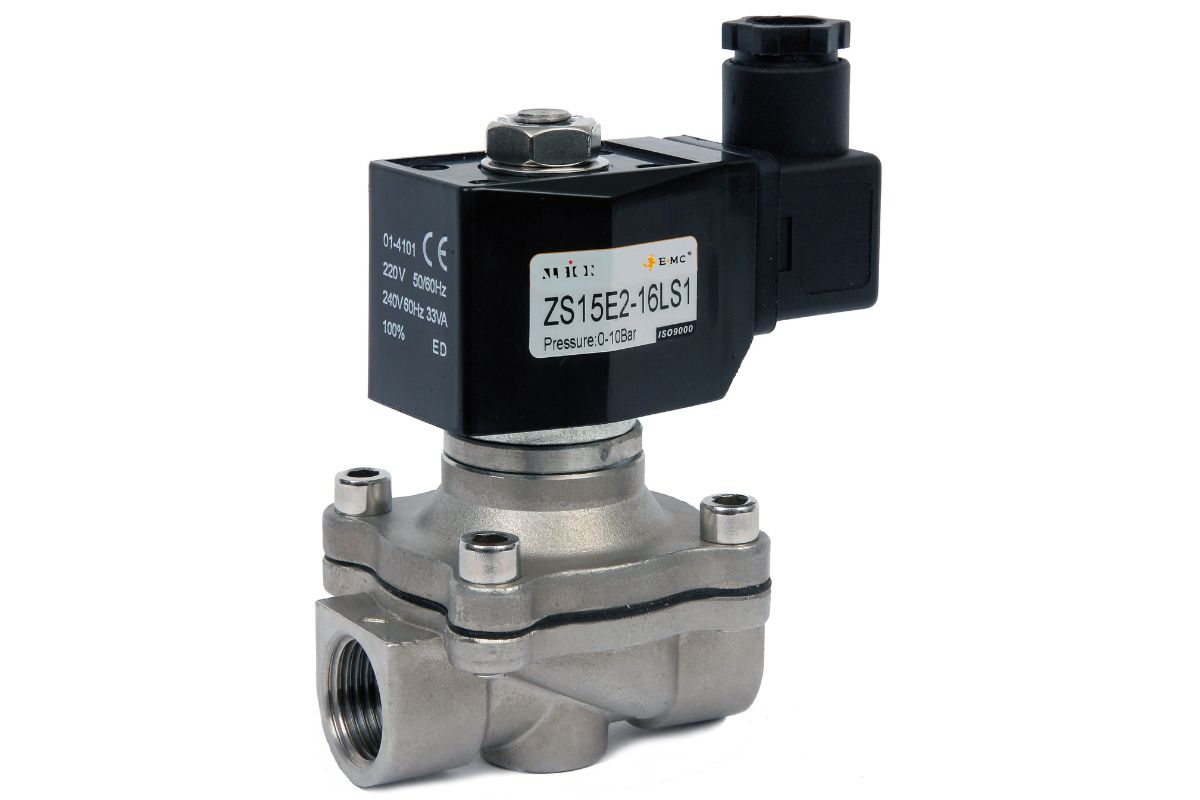
A solenoid valve uses an electromagnet to control the opening/closing mechanism of an orifice inside a valve body. This, in turn, regulates the flow of liquids or gases.
When the electromagnet is energised, it actuates a plunger that either opens or closes the valve, depending on its design. This mechanism allows for precise control of fluid flow in machine tools, chemical processes, and water treatment systems.
There are several types of solenoid valves, including:
- Normally closed (NC) valves
- Normally open (NO) valves
- Bi-stable (latching) valves
- 2-port valves
- 3-port valves
See our range of Solenoid Valves.
Filed under: FAQs